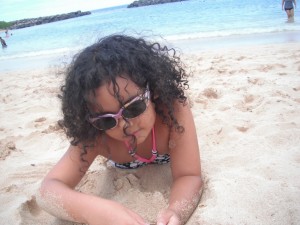Babies, children and young adults have more transparent lenses in their eyes and more sensitive skin on their bodies. As a result, they are more susecptible to the adverse effects of overexposure to ultraviolet (UV) light. The negative effects of cumulative UV light exposure may not show up until later in life.
At 20 years of age, the average person has received 80% of their life’s UV exposure. This is why it is critical to protect our children’s eyes from the sun, beginning from their birth and continuing throughout their childhood.
For 13 Reasons Children should wear sunglasses, click here.
Westside Optometry has Babiator sunglasses for infants and children. These sunglasses, designed especially for kids, come in 2 sizes and 10 colors. They have an amazing guarantee for loss and breakage.



